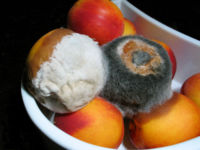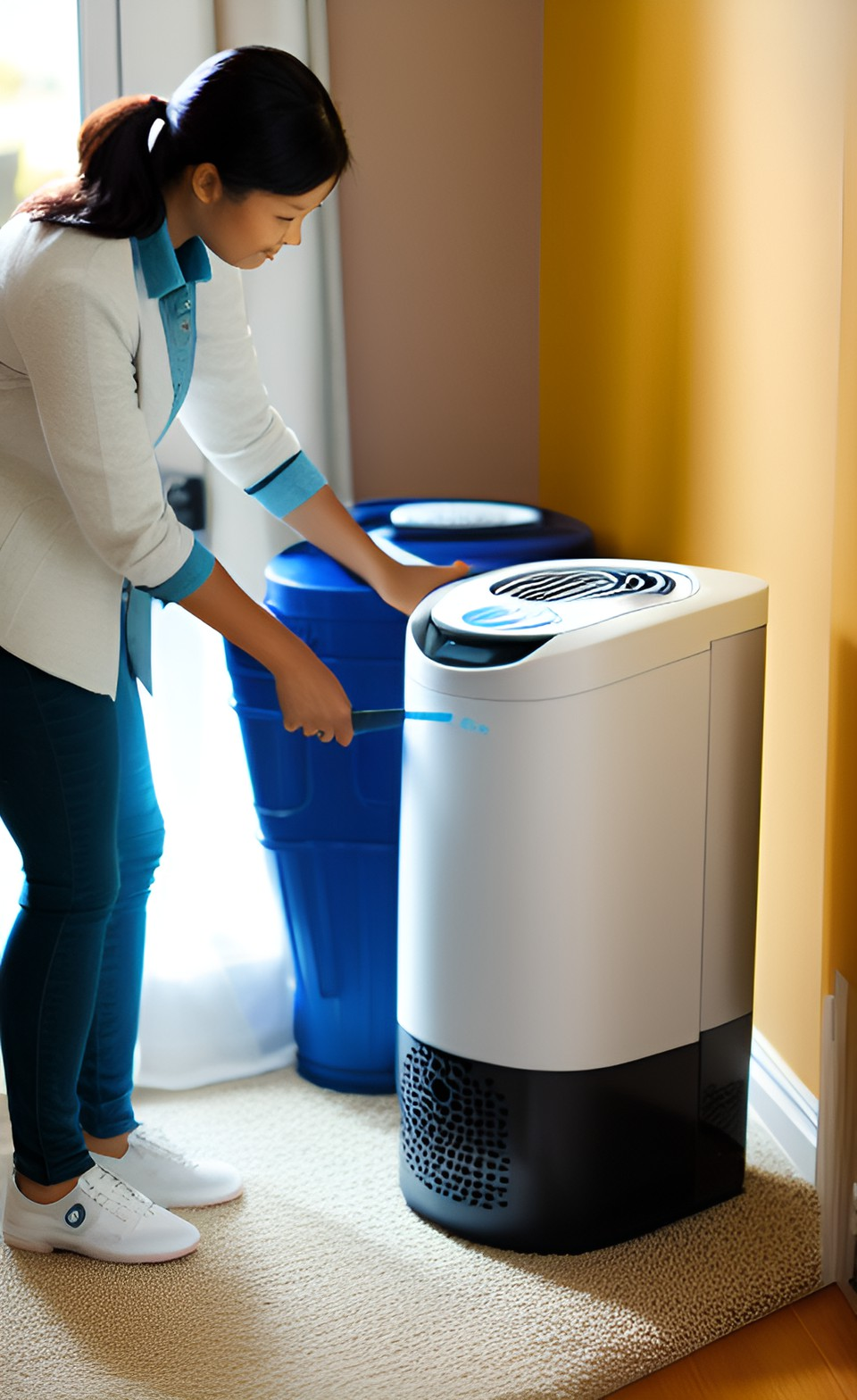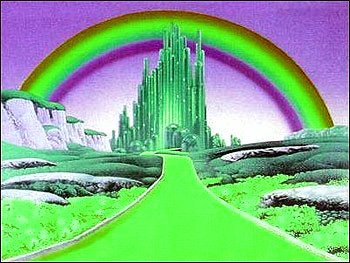- Air Homepage
- Weather Equipment
- Solutions to Indoor Air Pollution
Here are a few solutions to indoor air pollution
Find more air pollution solutions.
How can I breathe easier at home? Solutions to indoor air pollution can be simple if you know where to look.
When do I know if I've got a problem? Common signs of indoor air pollution include coughing, sneezing, shortness of breath, headaches, dizziness, fatigue, irritated eyes, throat, and nose, allergies, and worsened respiratory conditions.
A whole house air filtration system might be a good idea or not. The size of your house, the type of air pollution in your area, and your budget all play a role. These systems work best with standard air filters and regular maintenance.
If you examine it closely, you might find other types of air pollution in your house. There's dust, smoke, pet dander, and even mold, which we will talk about later. We need to reduce these pollutants in our homes because they can have long-term health effects. These pollutants can be reduced with regular cleaning and ventilation.
With all the indoor contamination we may inhale, it's no wonder we have allergies, asthma, sinus problems, and other ailments we have to constantly take medicine for.
Preventing Mold and Mildew for Better Indoor Air Quality
If allergies make your life miserable like they do for millions of people, check for sources of these pollutants.
Mold might be the culprit, which you don't even know is growing in your house. It's easy for mold to grow inside your house if there's a lot of moisture. Sometimes it starts with something as simple as a leak in the plumbing.
Before you know it, you have a mold problem. In addition to damaging your house, it can make you sick.
Mildew can grow in wood or paper in your home if it gets wet and doesn't dry within 48 hours. Growth can reproduce and emit gases and mold spores into the air.
Check your home every so often for any spots that appear wet when they should be dry to prevent indoor air pollution caused by mold. If you have a plumbing problem, fix it right away and dry your walls and floors. The longer it stays wet, the worse it gets and the more mold or mildew you get.
Walls and roofs can also leak water. Find out where it's coming from and fix it. Make sure you get rid of the water as soon as possible and watch the area to make sure it doesn't come back.
Other solutions to indoor air pollution
Pet dander is a natural element in the air. Allergies can also be caused by this. Air pollution caused by these types of problems has been a problem for years.
There's a misconception that animal hair causes problems. That's not always the case. In most cases, it's the dander that comes off the skin when they scratch.
When you dust your home several times a week, it still seems to build up overnight. You're not a bad housekeeper. It's often because of the particles constantly released in the air by the wind, human skin cells, hair, and soil minerals.
Where else can you find problems? Clothing fibers cause dust. Dust particles and mites are everywhere and they cause major respiratory problems in sensitive people. Pollen from plants also causes air pollution.
Is there anything you can do about it? Most vacuums filter out particles that other systems may distribute back into the air. Get one with special attachments to clean all your surfaces. It's natural for carpets to collect dust, so you might want to consider replacing them with tile or wood.
It's one of the more drastic solutions to indoor air pollution. It's easier to clean bare floors, and they don't collect dirt, hair, and human shedding the way carpets do.
How do you keep your home free of dust particles and allergens? Allergy sufferers should keep researching new ways to control indoor particulate levels even if they can't eliminate them completely. You may then find the right solutions to indoor air pollution that suits your needs.
Go back from Solutions to Indoor Air Pollution to the Snow Wallpaper page now.
In cold climates, indoor heating causes different problems.
Indoor air quality problems associated with cold climates and heating can be solved by:
- Open windows periodically (during warmer breaks), use exhaust fans in kitchens and bathrooms, and keep a balanced airflow throughout your house to ensure proper ventilation. Bringing in fresh air from outside helps remove stale air.
- To get rid of dust, pet dander, and allergens, use air purifiers with HEPA filters. Put them in rooms where you spend most of your time.
- Keep your home at the right humidity level. You can get respiratory problems from dry air, and mold can grow from too much moisture. To get the right humidity, use humidifiers or dehumidifiers.
- You should schedule regular maintenance for your heating system to make sure it's working efficiently and not releasing pollutants. Make sure the air filters are changed regularly and that the system is inspected by a pro.
- Smoking indoors can seriously degrade indoor air quality. To prevent secondhand smoke from building up, encourage smokers to smoke outside.
- Plants can help purify the air by absorbing carbon dioxide and releasing oxygen. There are plants that purify the air, like spider plants, snake plants, and peace lilies.
A professional HVAC technician or indoor air quality specialist can provide customized advice and solutions based on your home's unique heating system and needs.
Search this site for more information now.
There are several ways to reduce indoor air pollution - you just might find one that works
Here are some tips for maintaining a healthy home. For a healthy indoor environment, here are some solutions to indoor air pollution.
Do you have concerns about air pollution in your area??
Perhaps modelling air pollution will provide the answers to your question.
That is what I do on a full-time basis. Find out if it is necessary for your project.
Have your Say...
on the StuffintheAir facebook page
Other topics listed in these guides:
The Stuff-in-the-Air Site Map
And,
Thank you to my research and writing assistants, ChatGPT and WordTune, as well as Wombo and others for the images.
GPT-4, OpenAI's large-scale language generation model (and others provided by Google and Meta), helped generate this text. As soon as draft language is generated, the author reviews, edits, and revises it to their own liking and is responsible for the content.





New! Comments
Do you like what you see here? Please let us know in the box below.